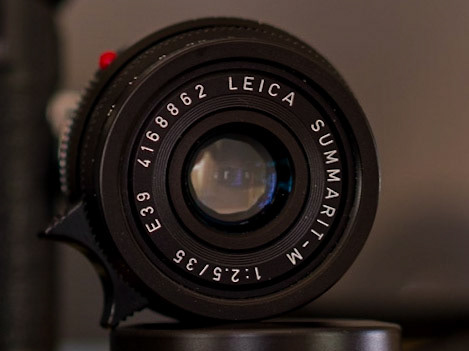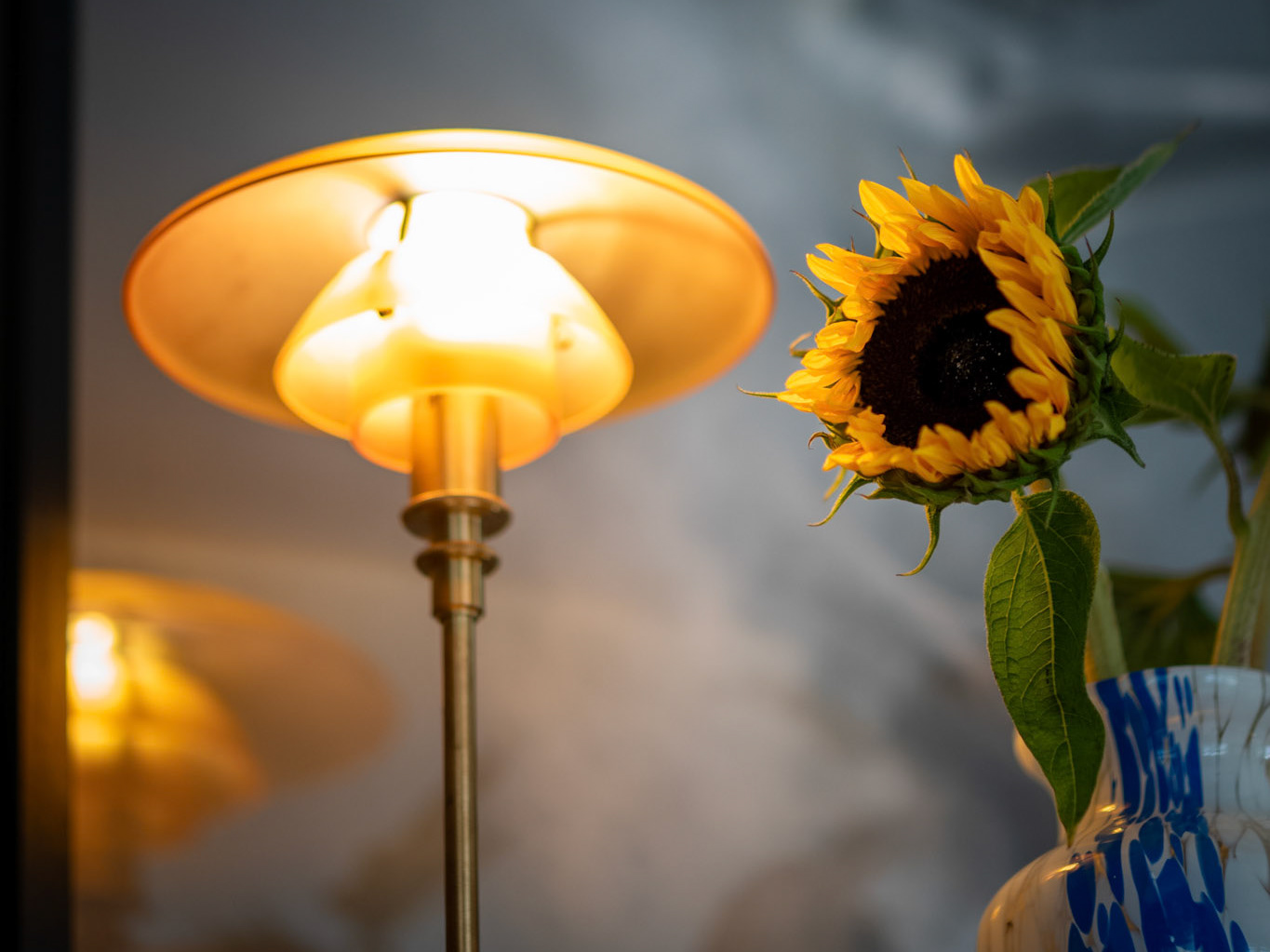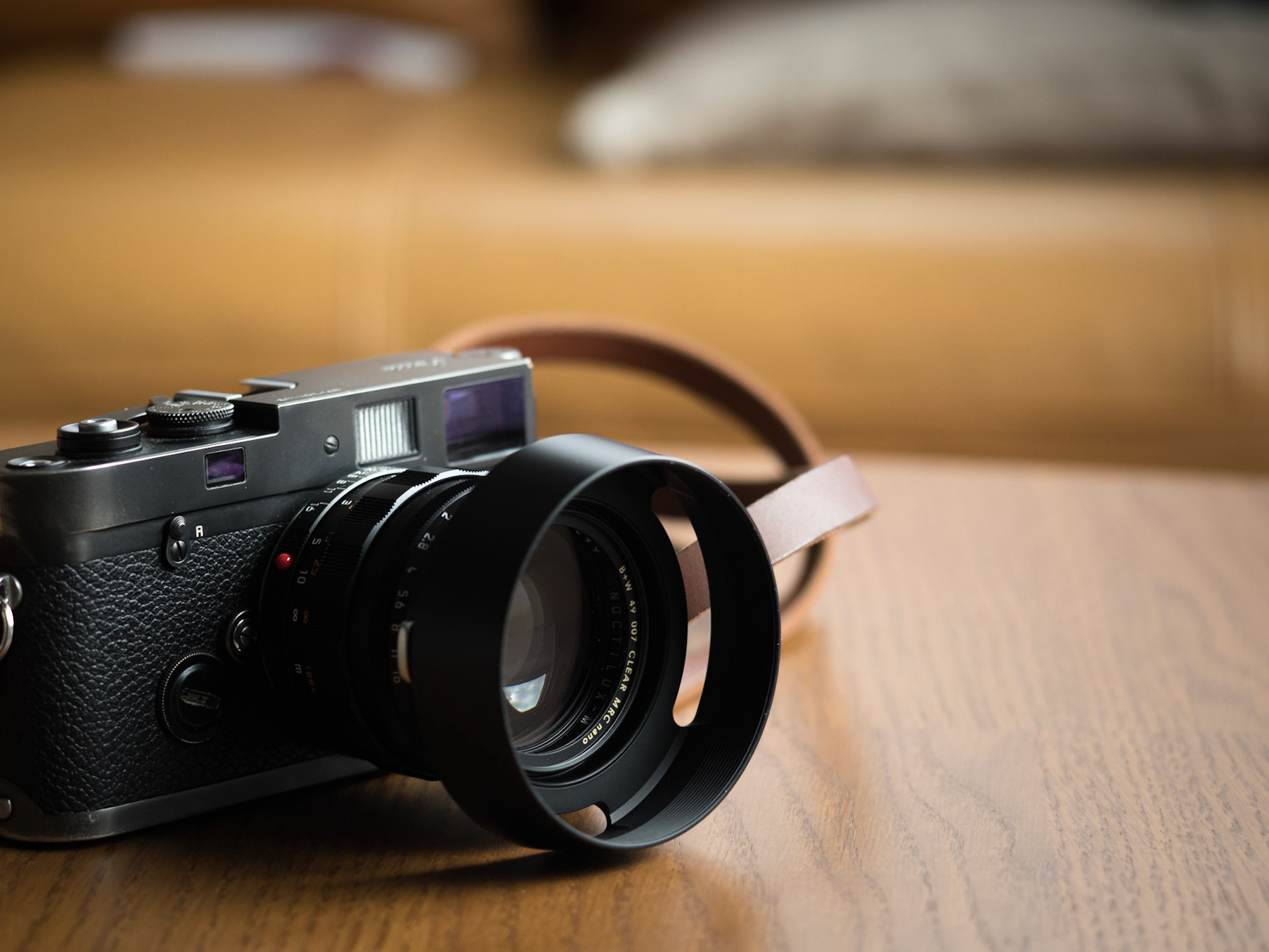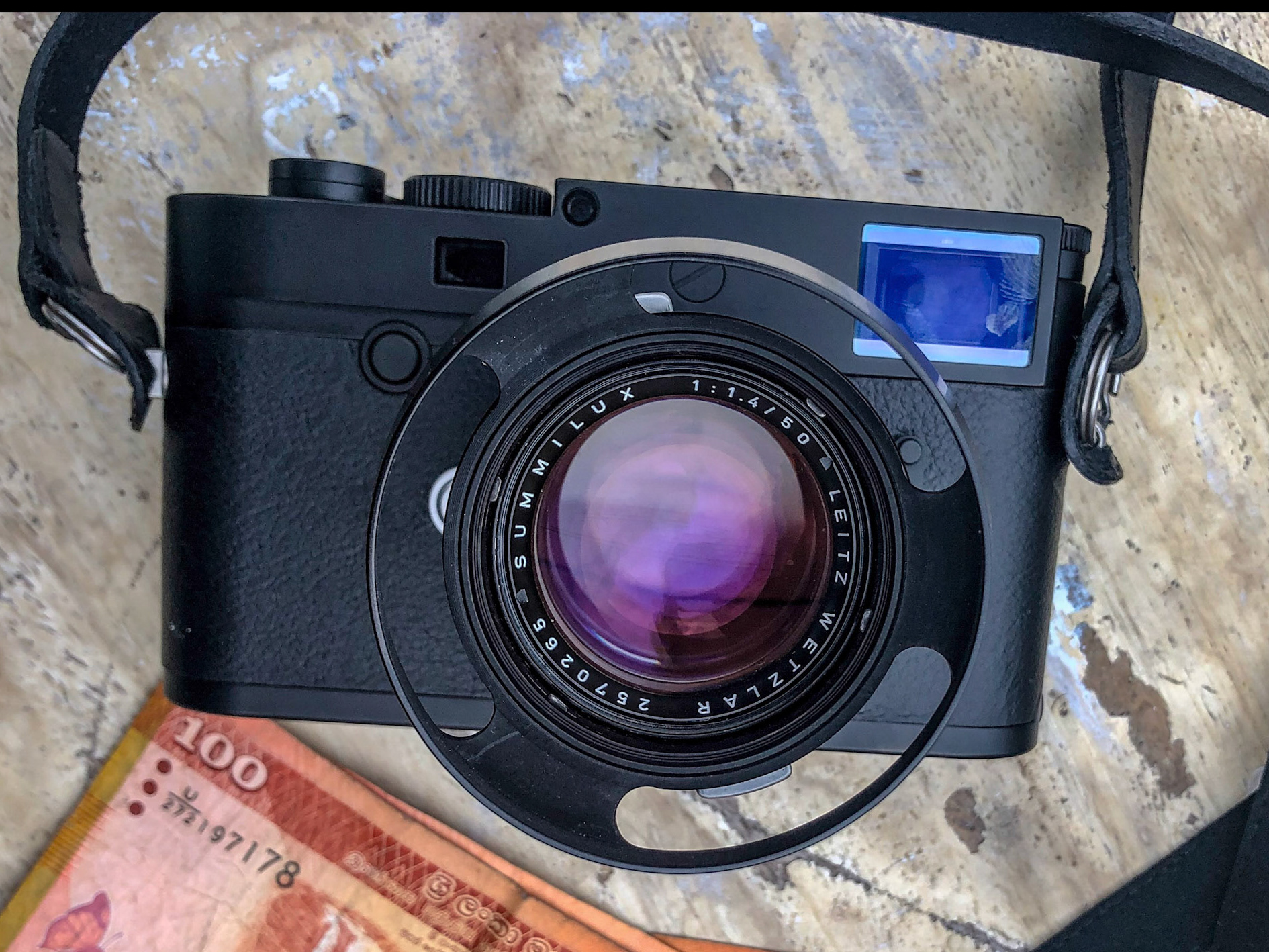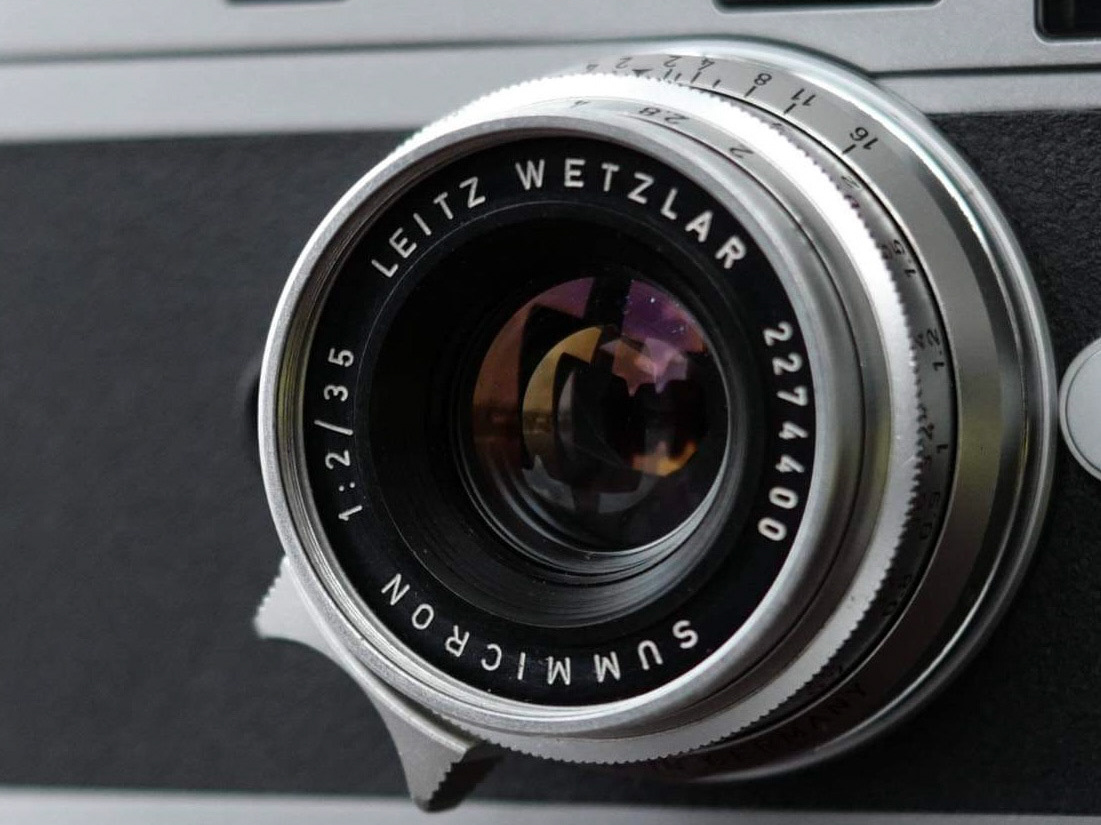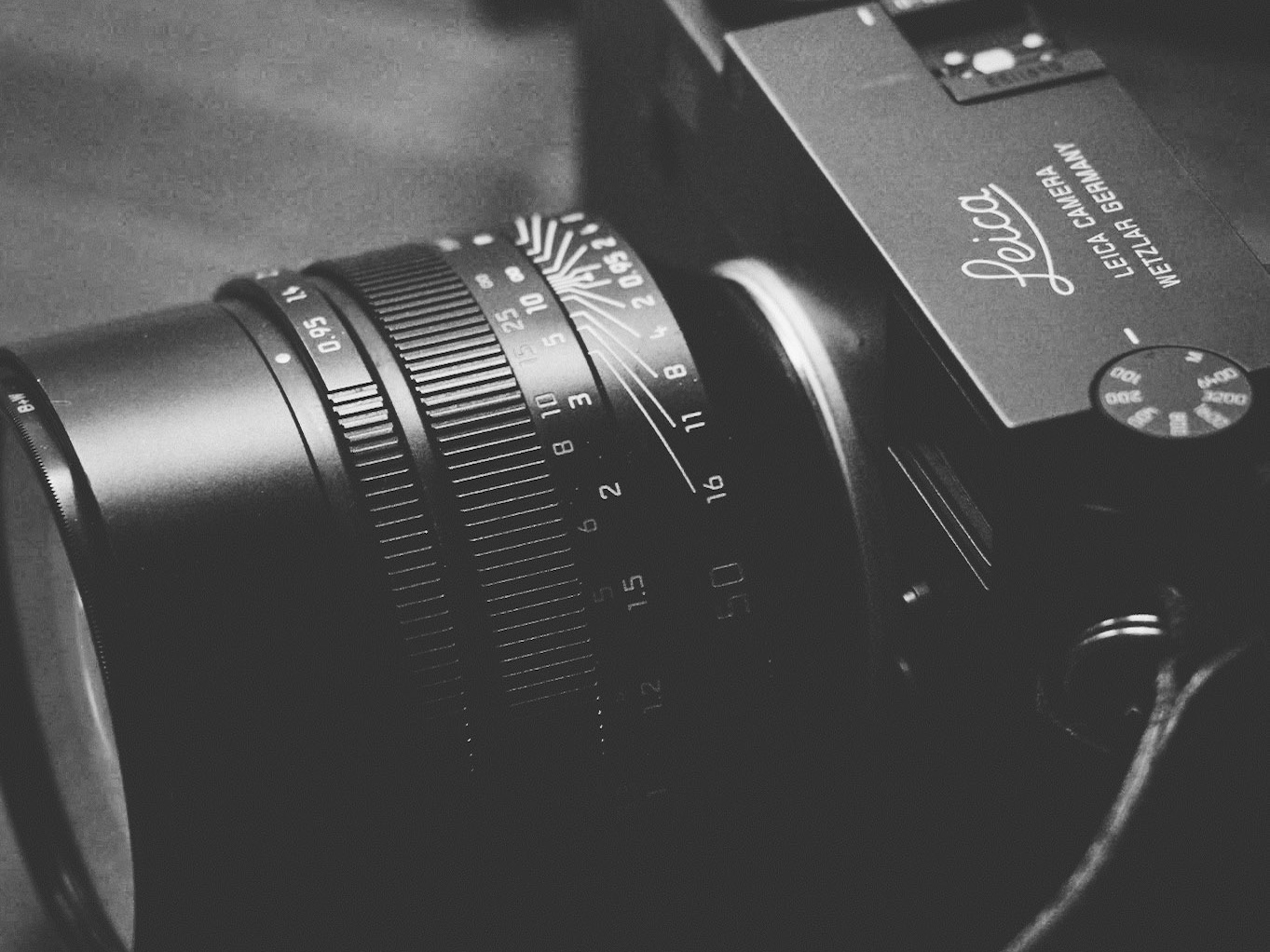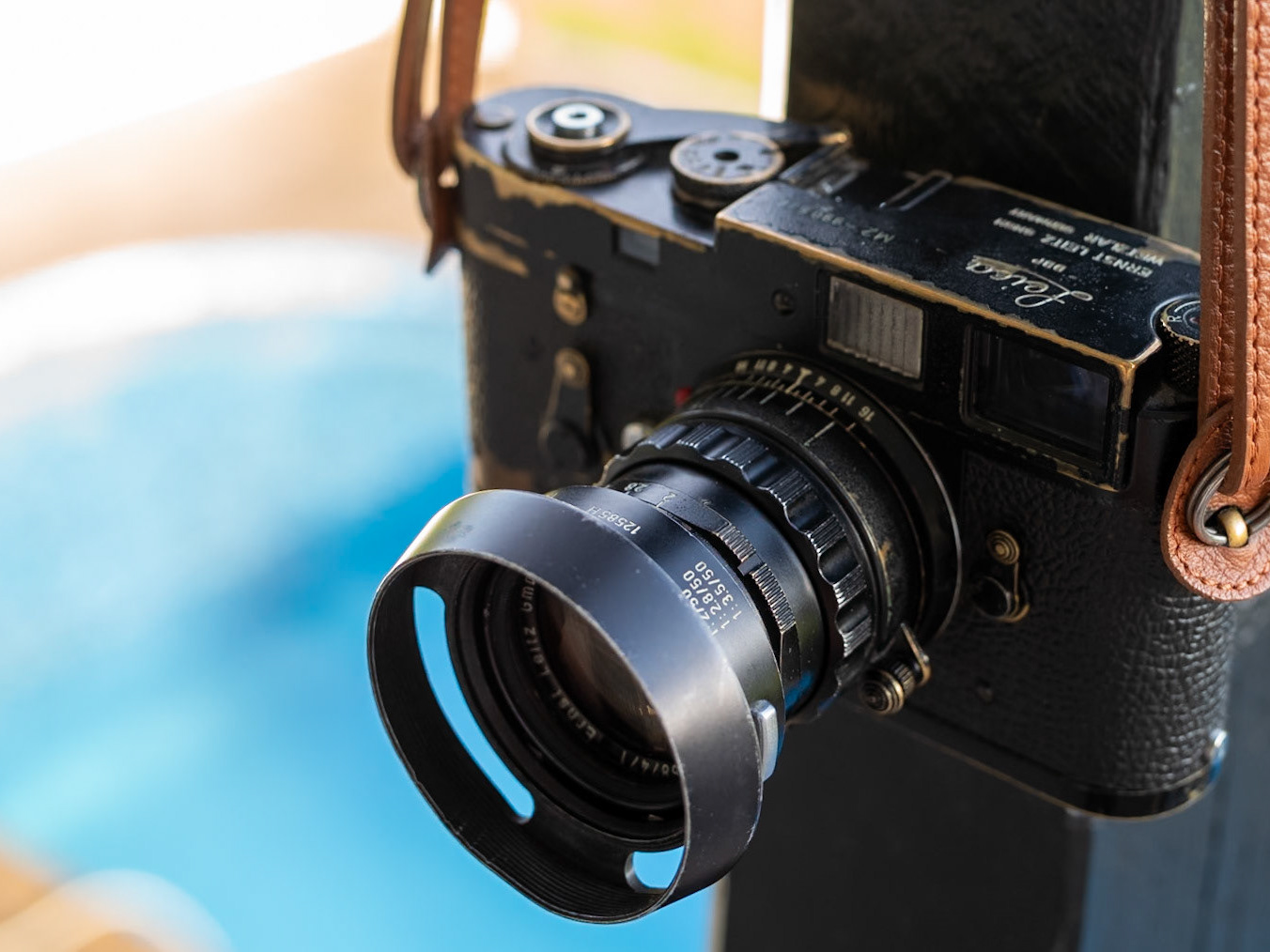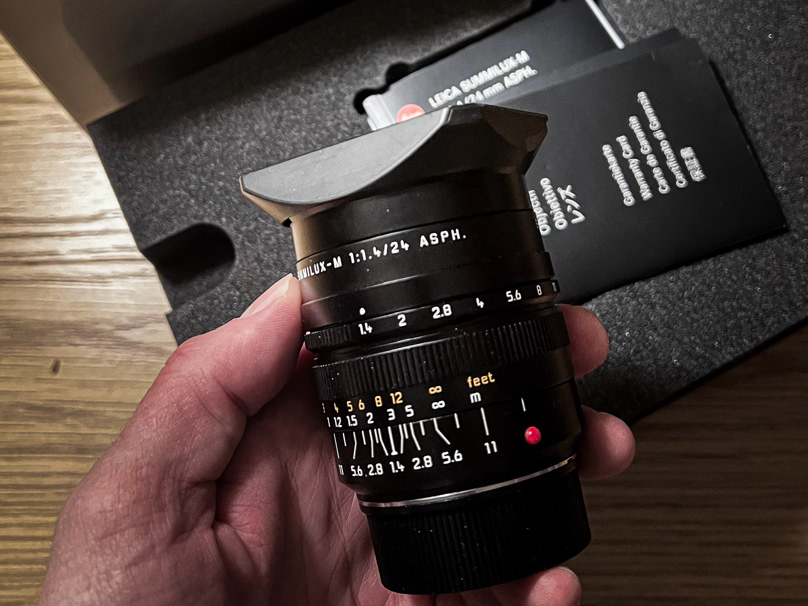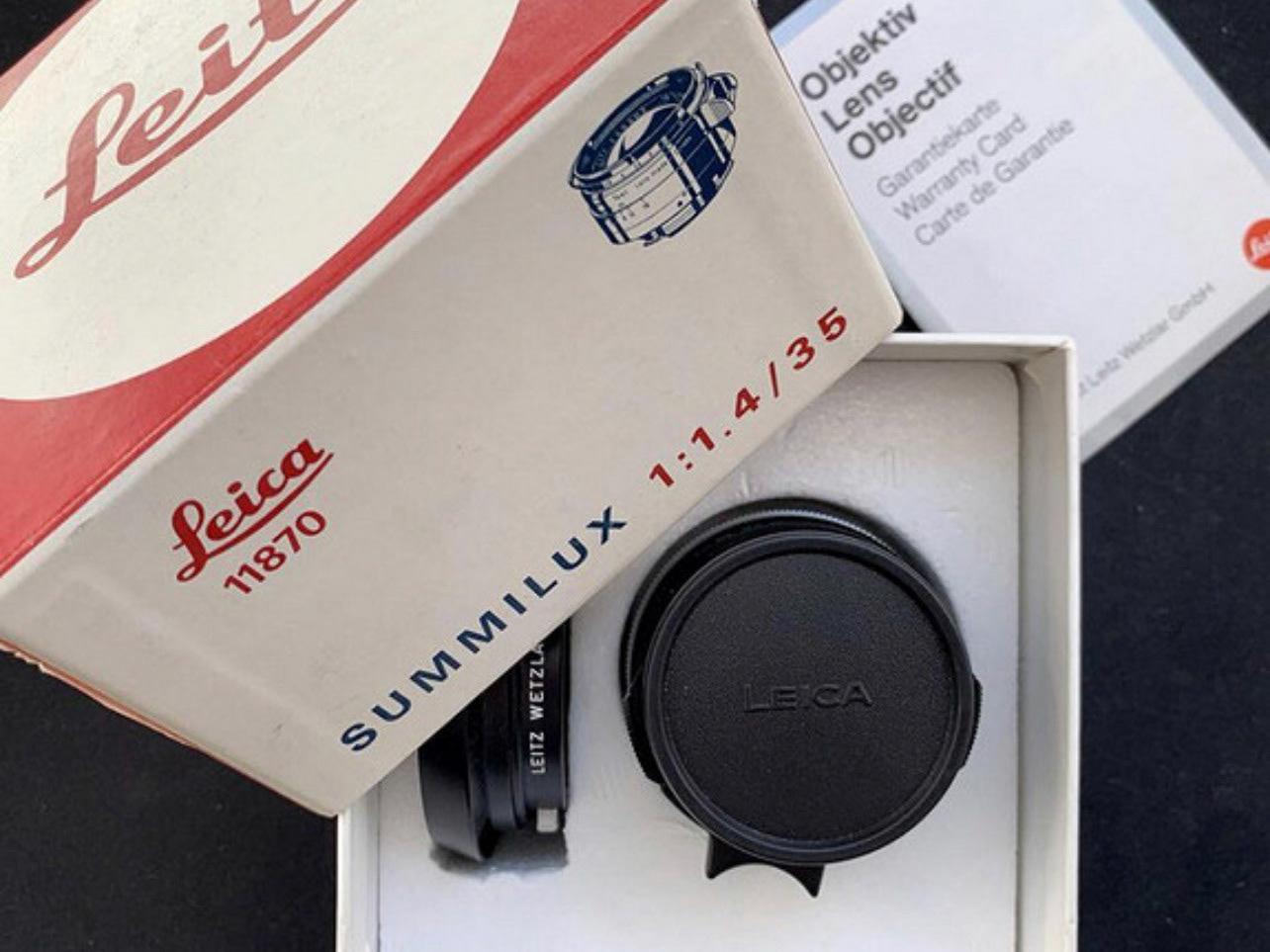Noctilux f1 50mm e58
To many in photography, the name “Leica” conjures up a feeling of photography mystique and attraction. This interest is further heightened when the label “Noctilux” comes into the picture. Today we will be taking a look at not only the Noctilux 50mm, but the very 1st version of it, typically nicknamed the E58. But the magic of the Noctilux series, which Leica first released in 1966, was not only its maximum aperture that varied from ƒ1.2 to ƒ0.95 across the decades. The Noctilux magic was also the drawing of the optics, and the quality of bokeh that kept it at the top of the pedestal amongst Leica optics. 1975 to 1983: Leica Noctilux 50mm ƒ1.0 E58 V1 (pin hood) he version discussed today is Version 1 made in 1975, the E58. The only version across the decades with a 58mm filter size, Version 1 is characterized by the most vignetting while shooting wide open but, some will say is the most characterful version of the Noctilux. What is different about this Noctilux 50mm ƒ1 Version 1 compared with the later versions is that colour reproduction is much muted and hardly as vibrant as the latest versions. Back in the 1970s to 1980s, some of Leica’s lenses were known for what some photography aficionados refer to as the ‘Mandler Glow’. At the same time, some critics define this as just a successful marketing campaign. When used wide open, the image output from the E58 as a result of its coating and design, gives a good dose of the ‘Mandler glow’, subsequently leading to the skin’s soft texture. The bokeh character is painterly, giving the butter-smooth creamy signature bokeh. Add the heavier dose of vignetting that draws one’s eye to the subject in the center, and one gets the unique E58 output. In fact, the subsequent versions were designed to be 60mm filter sizes to lessen the vignette. Of course, the Noctilux 50mm ƒ1 Version 1 is not faultless. It is hardly sharp by modern standards. Like all large aperture lenses, purple fringing is easily part and parcel of almost every shot one makes with the E58, which is easily removed by modern post-processing tools. I am not someone who can simply afford to walk into a Leica boutique and buy a Noctilux off the rack, that is life, but I sincerely wish that anyone keen on portraiture gets an opportunity to try the Noctilux one day, and when you are doing so, remember that even among the revered Noctilux series, the E58 version 1 is unique.
